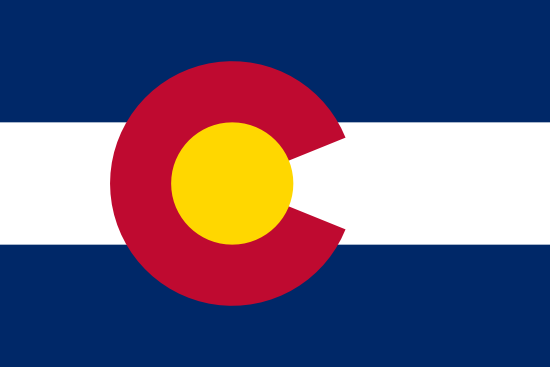
Colorado
- Statehood Year:
- 1876
- Capital:
- Denver
- Largest Cities:
- Denver, Colorado Springs, Aurora
- Abbreviation:
- CO
Colorado is a state in the Mountain region of the United States, known for the Rocky Mountains, high plains, and alpine wilderness. It has a population of 6,013,650, making it the 20th most populated state in the country. The capital city is Denver. Colorado has a diverse economy with tech, aerospace, and outdoor recreation focus.